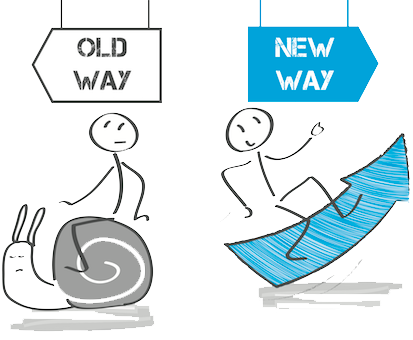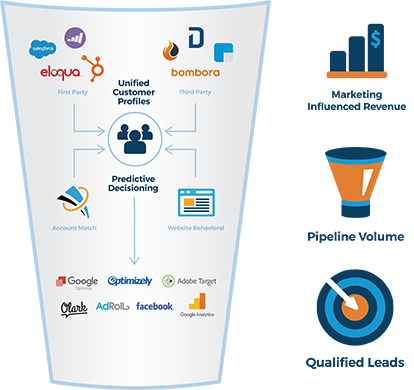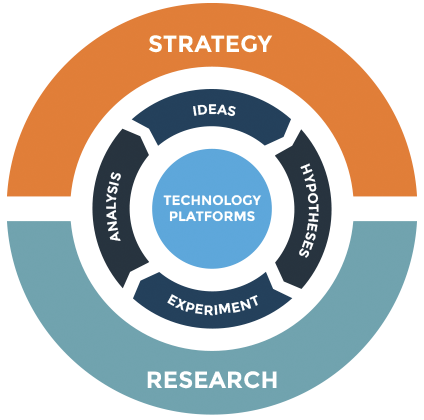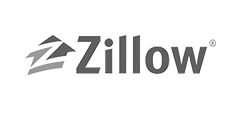Trusted By
A/B Testing is so 2017
Having launched thousands of website experiments, we’ve learned that current testing & personalization tools leave a lot to be desired for B2B. So we built a platform to fix that.
Manual Experimentation

Predictive 1:1 Optimization

Every Experience Counts
Stop the content overload and endless redesigns that don’t improve the KPIs your CMO cares about.
Skip the inaccurate and resource intensive A/B testing and rules-based approaches built for other markets.
FunnelEnvy’s Automated 1:1 Optimization Platform integrates with your stack and uses advanced predictive and machine learning technology to deliver Faster & Better B2B Outcomes with Less Effort.

“What does it mean for our business? Conversion rates have gone up more than double since we’ve been using FunnelEnvy’s technology. We’re driving more leads into Salesforce than we ever have before.”
– Jon Ewing, Chief Marketing Officer, Fitch Group
Data Driven Decision Making
Optimization & Personalization Services
We’ve helped the largest online brands increase conversions with data driven decision making.










